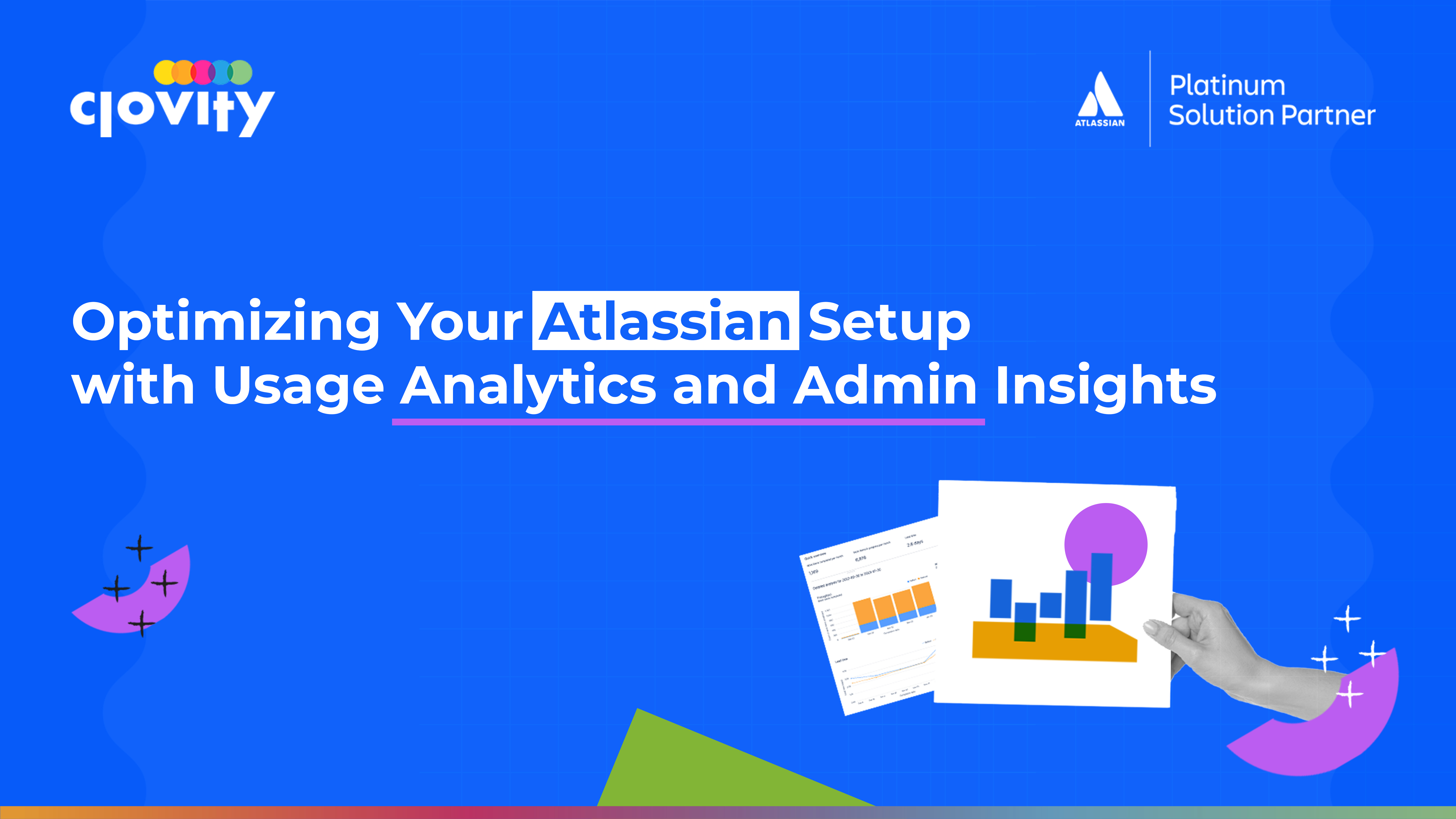Managing tools at scale isn’t just about uptime and license renewals—it’s about knowing how those tools are used, by whom, and for what purpose. If your Atlassian environment includes Jira, Confluence, or other key products, the data available through Usage Analytics and Admin Insights can help you make better decisions on performance, user adoption, and cost efficiency.
In this post, we’ll explore how organizations can use these built-in admin features to fine-tune their Atlassian setup and keep teams aligned with business goals.
Why Admin Visibility Matters
Atlassian’s flexibility is great for growth—but it can also create blind spots. Over time, teams spin up new spaces, projects, workflows, and custom fields. Licensing costs grow. Automation rules multiply. Eventually, questions start to surface:
- Are we getting value from the seats we’re paying for?
- Which projects are active versus abandoned?
- Is usage consistent with intended processes?
- Where are the training or support gaps?
Without visibility, it’s hard to answer these with confidence. Usage Analytics and Admin Insights help admins go beyond mere configuration to manage actual usage and performance patterns.
Usage Analytics in Jira and Confluence
Atlassian provides analytics tools for macro-level trends—user activity, content creation, project engagement, and license usage. Key features include:
- Product Usage Dashboards: Show active users, top users, usage by group, and content-creation trends to help identify training needs and license reallocations.
- Project and Space Engagement: Surface recently active users, most viewed or edited pages, and stale spaces or inactive projects to enable consolidation and archiving.
Admin Insights: What You Can Learn
On Jira Cloud Premium and Enterprise, Admin Insights deliver structured data for:
- Product access: licensed users vs. active users
- Custom-field usage: identify underutilized or redundant fields
- Automation activity: track rule frequency and operational cost
- Storage metrics: monitor data consumption across products
Case 1: Identifying Redundant Custom Fields
Custom fields slow performance if unused. Admin Insights let you see usage frequency for each field, spot overlaps, and merge or delete based on real data.
Case 2: Tracking Automation Rules
As rules grow, performance can suffer. Monitor total active rules, execution frequency, and high-cost rules to consolidate or remove redundancies and improve system efficiency.
Case 3: Managing License and Seat Allocation
Scale and spend wisely by viewing license distribution, identifying unused licenses, and deactivating inactive users—ensuring renewals and permissions match actual usage.
Practical Use Cases for Analytics & Insights
- Training and Adoption Planning: Spot underactive teams for targeted onboarding.
- Improving Governance: Standardize workflows and field usage based on data.
- Reporting Upward: Provide data-driven updates on adoption, engagement trends, and ROI.
Integrating with Other Tools
For advanced reporting, export usage data or connect to BI systems via:
- API access for external dashboards
- Marketplace apps like eazyBI or Analytics for Confluence
- Data-lake integrations on Enterprise plans for holistic analytics
Best Practices for Ongoing Optimization
- Schedule regular analytics audits.
- Involve stakeholders in review and action planning.
- Document changes for audit trails.
- Standardize admin dashboards and templates.
How Clovity Can Support Your Admin Strategy
Clovity helps build the foundation for long-term success through usage-analytics setup, license audits, admin best practices, system cleanups, and governance frameworks.


